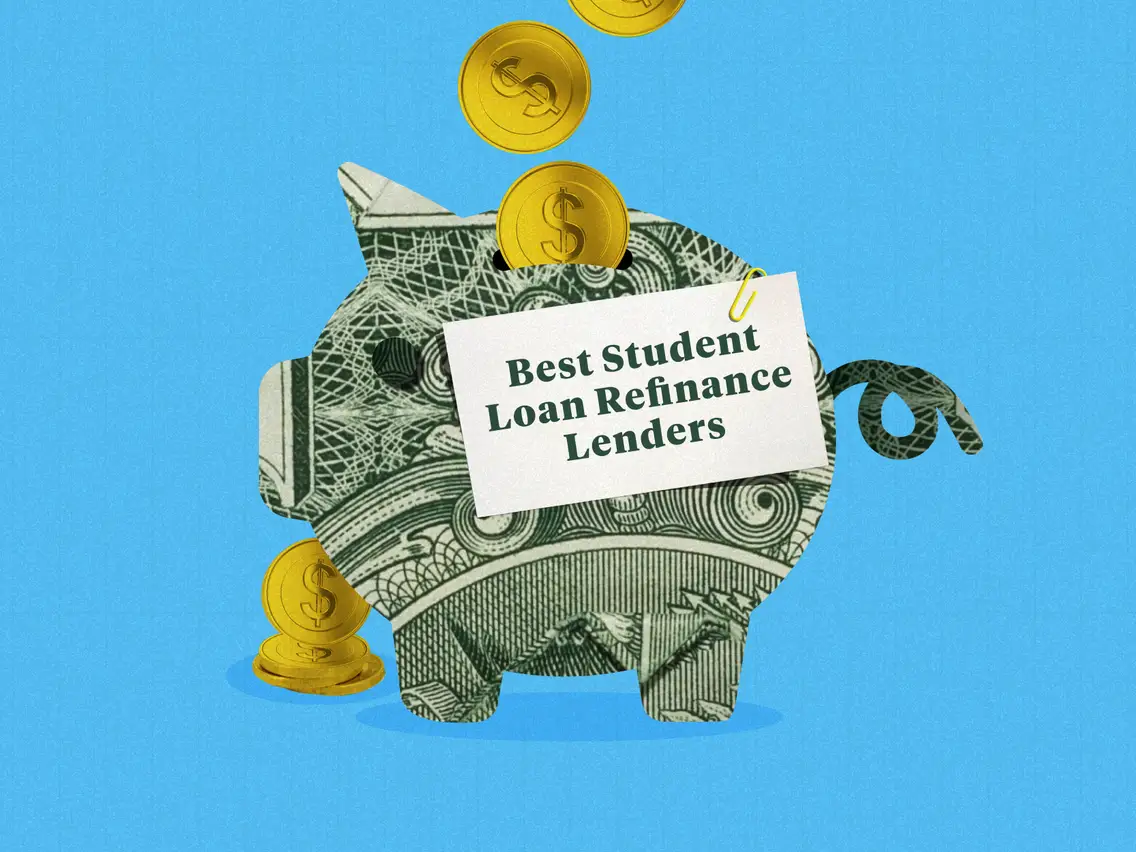Private student loans can be a helpful option for financing education when federal student loans and other financial aid fall short. Understanding private student loan interest rates is crucial for managing your loan costs effectively. This guide provides an overview of private student loan interest rates, factors that affect them, and tips for finding the best rates.
What Are Private Student Loan Interest Rates?
Private student loan interest rates are the costs associated with borrowing from private lenders, such as banks, credit unions, and online lenders. These rates can be either fixed or variable, affecting your monthly payments and overall loan cost.
Types of Private Student Loan Interest Rates
1. Fixed Interest Rates
Overview: Fixed interest rates remain constant throughout the life of the loan.
Benefits:
- Predictability: Your monthly payments remain the same, making budgeting easier.
- Stability: No fluctuations in payment amounts due to changes in market rates.
Considerations:
- Higher Initial Rates: Fixed rates are often higher than initial variable rates, though they offer long-term stability.
2. Variable Interest Rates
Overview: Variable interest rates fluctuate based on market conditions, typically tied to an index such as the LIBOR or the Prime Rate.
Benefits:
- Potentially Lower Initial Rates: Variable rates can start lower than fixed rates, offering initial cost savings.
- Adjustment Based on Market: Rates may decrease if market conditions improve.
Considerations:
- Payment Fluctuations: Monthly payments can increase or decrease based on changes in the interest rate.
- Risk of Higher Rates: If market rates rise, your loan payments could become more expensive over time.
Factors Affecting Private Student Loan Interest Rates
1. Credit Score
Overview: Your credit score is one of the most significant factors influencing the interest rate offered.
Impact:
- Higher Credit Score: Generally qualifies you for lower interest rates and better loan terms.
- Lower Credit Score: May result in higher rates or fewer lending options.
2. Loan Term
Overview: The length of the loan term can affect the interest rate.
Impact:
- Shorter Terms: Typically have lower interest rates but higher monthly payments.
- Longer Terms: Often have higher interest rates but lower monthly payments.
3. Lender’s Policies
Overview: Each lender has its own criteria for setting interest rates.
Impact:
- Market Conditions: Lenders adjust rates based on current economic conditions and market competition.
- Internal Policies: Lenders may offer varying rates based on their risk assessment and loan product offerings.
4. Borrower’s Financial Profile
Overview: Factors such as income, employment status, and overall financial health can influence the interest rate.
Impact:
- Stable Income and Employment: Can lead to better rates due to lower perceived risk.
- Debt-to-Income Ratio: A lower ratio may result in more favorable rates.
How to Find the Best Private Student Loan Interest Rates
1. Compare Lenders
- Shop Around: Compare interest rates, fees, and terms from multiple lenders to find the best deal.
- Use Comparison Tools: Online tools and websites can help you compare rates from various lenders quickly.
2. Check for Discounts and Benefits
- Automatic Payment Discounts: Some lenders offer lower rates if you set up automatic payments.
- Cosigner Benefits: Adding a creditworthy cosigner may help secure a lower rate.
3. Review Terms and Conditions
- Interest Rate Type: Consider whether a fixed or variable rate is more suitable for your financial situation.
- Fees: Look for any fees associated with the loan, such as origination fees or prepayment penalties.
4. Evaluate Your Credit Profile
- Improve Your Credit Score: Work on improving your credit score to qualify for better rates.
- Check Your Credit Report: Ensure there are no errors or issues that could affect your rate.
5. Consider Loan Terms
- Loan Duration: Balance the loan term with your ability to make monthly payments and overall loan cost.
- Flexible Repayment Options: Look for lenders offering flexible repayment options or deferment possibilities.
Example of Private Student Loan Interest Rates
- Fixed Rates: Typically range from 4% to 12%, depending on the lender and your credit profile.
- Variable Rates: Often start lower than fixed rates, ranging from 3% to 10%, but can increase based on market conditions.
Conclusion
Understanding private student loan interest rates and how they impact your overall loan cost is essential for making informed borrowing decisions. By comparing rates, improving your credit profile, and evaluating lender offers, you can find the best private student loan rates to meet your financial needs. Always review loan terms carefully and choose an option that aligns with your long-term financial goals.
Feel free to adjust this guide according to your audience or specific needs



